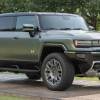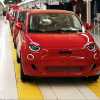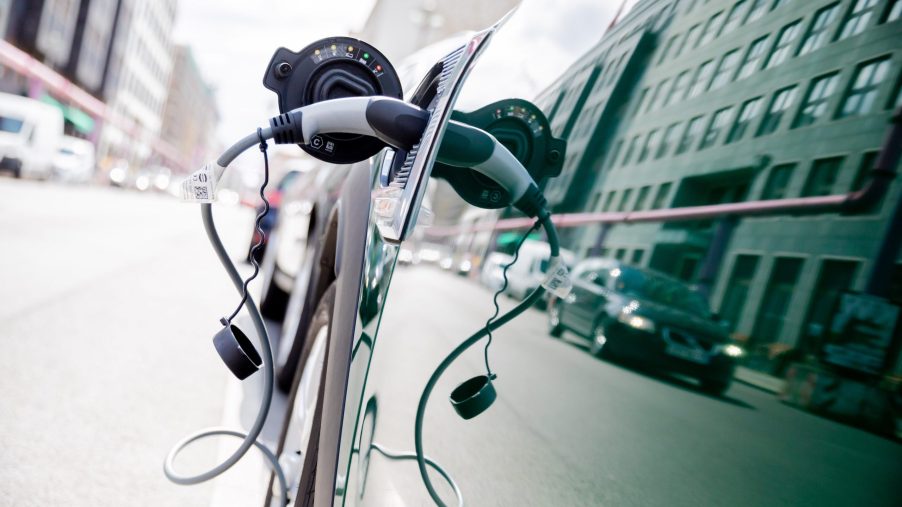
3D Printed Batteries: 3X Better Than Current Ones?
Battery technology is getting better each year but in very small steps. But they’re still heavy, big, and environmentally bad once they’re used up. Many great minds and companies are trying to figure out how to improve them. Believe it or not, a 3D-printed battery may be the direction to go.
Sakuu is making a multi-material, multi-process 3D printer for batteries
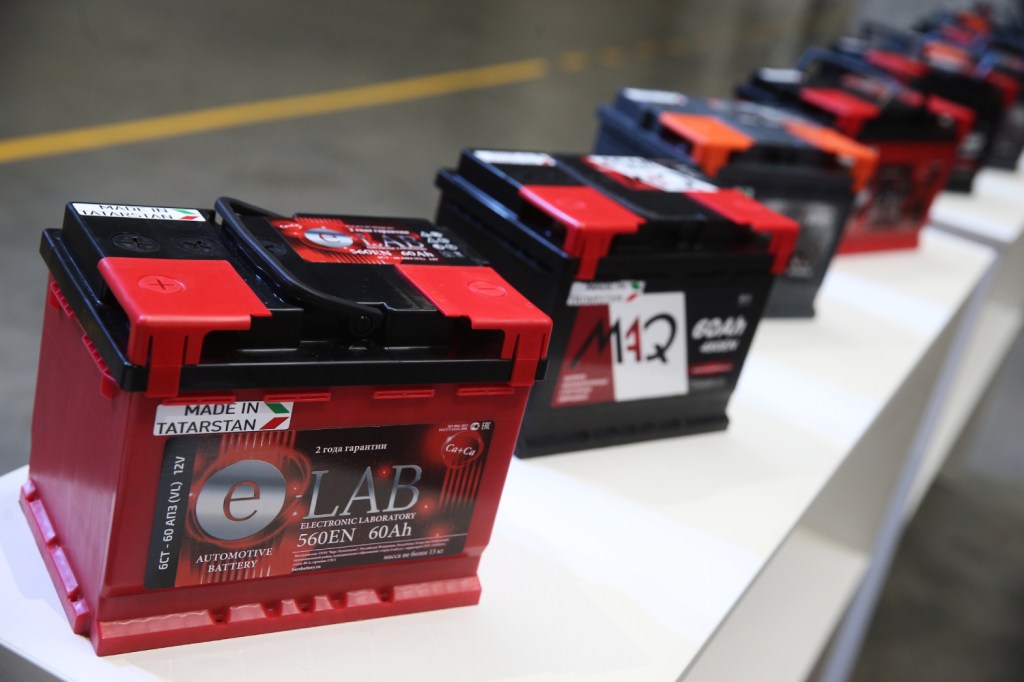
A number of companies have been experimenting with 3D battery technology. Their focus is on changing the structure of batteries and finding common replacements for the expensive, sometimes scarce, minerals used in them. Now a company in California is ready to release a multi-material, multi-process 3D printer for making batteries.
Sakuu plans to introduce the battery maker toward the end of this year. These 3D printers will make EV batteries from scratch. They call the solid-state battery system Sakuu AM Platform. And yes, these won’t be the common lithium-ion batteries used in almost all EVs.
The 3D printed batteries use 30 to 50 percent fewer materials
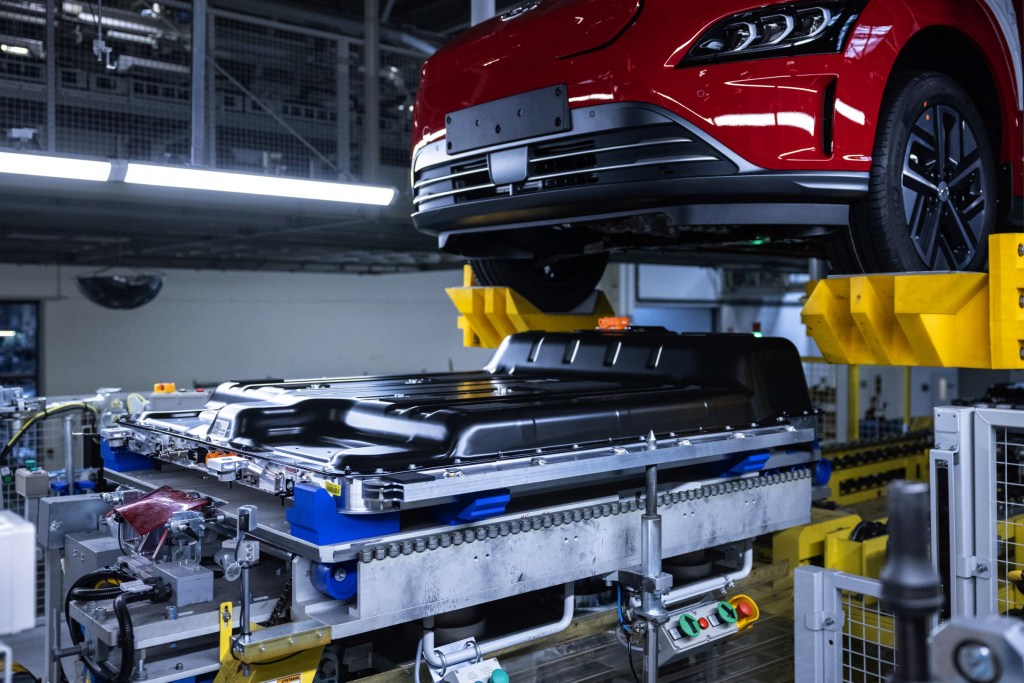
The batteries are called KeraCel and use 30 to 50 percent fewer materials than current Lithium-ion batteries. And, Sakuu claims they generate as much capacity as any lithium-ion battery on the market today. If true this would be a game-changer for battery production and electric vehicles in general. It is the technology everyone has been waiting for.
Sakuu says the batteries contain both metals and ceramics and make them easy to separate. This isn’t a priority to the end-user. But the easy separation of battery materials for recyclers is a huge advantage to conventional battery recycling. It will ultimately help reduce battery costs.
These batteries can be configured for many different applications
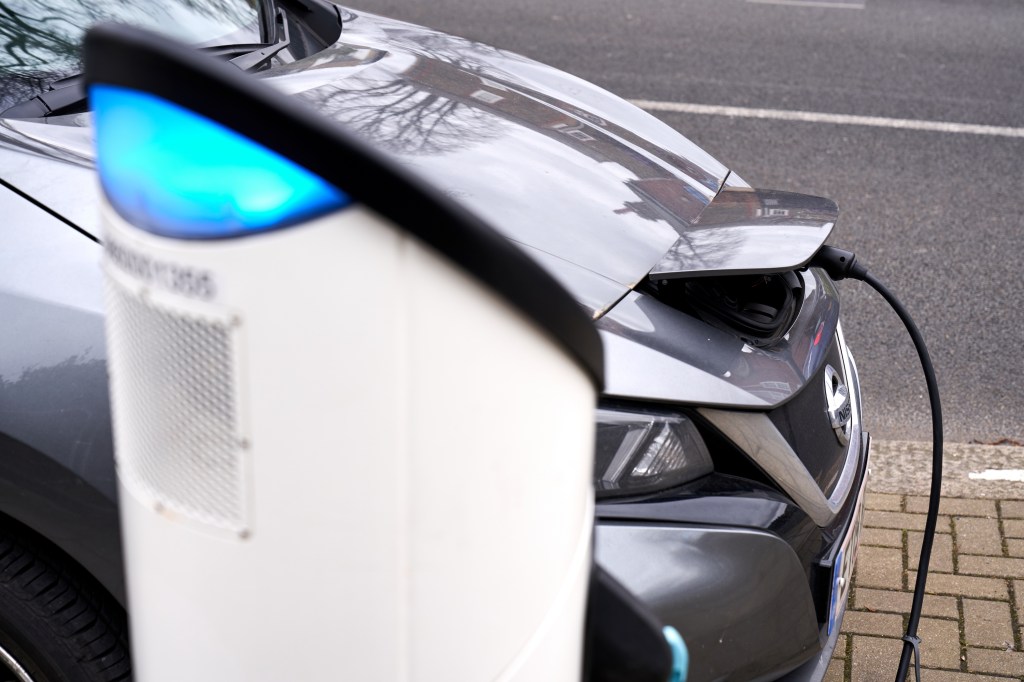
The advantage for EV manufacturers is that being 3D printed, these batteries can be configured for many different applications. Instead of one-size-must-fit-all, different shapes and sizes can be specified. And the printers can be programmed to change battery construction so one printer can make many different configured batteries.
Right now solid-state batteries are both difficult to make and expensive. With “our unique and scalable AM process, we’re enabling battery manufacturers and EV companies to overcome these fundamental pain points,” Sakuu Corporation founder, CEO, and chairman Robert Bagheri told 3DPrint.
On-demand manufacturing and localized production are just some advantages
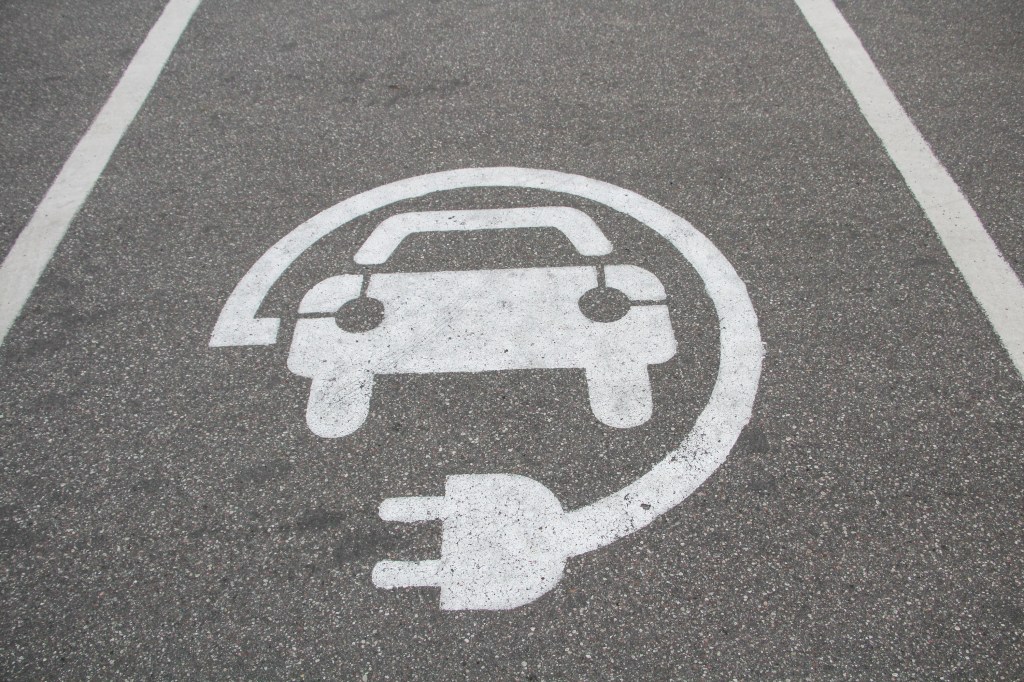
“Furthermore, by adopting it as the technology of choice, these users also benefit from the wider opportunities our AM platform delivers, namely the ability to enjoy on-demand, localized production, which can help drive more efficient manufacturing operations and shorter supply chains,” he said.
Don’t be expecting these to land in Ford Mach-Es and GMC Hummers-at least not soon. Sakuu plans on parsing out the battery makers for smaller two-and three-wheeled vehicles, first. It expects there to be some early teething pains with the process. It wants to work those out before jumping into larger vehicles with larger and more complex battery needs.

